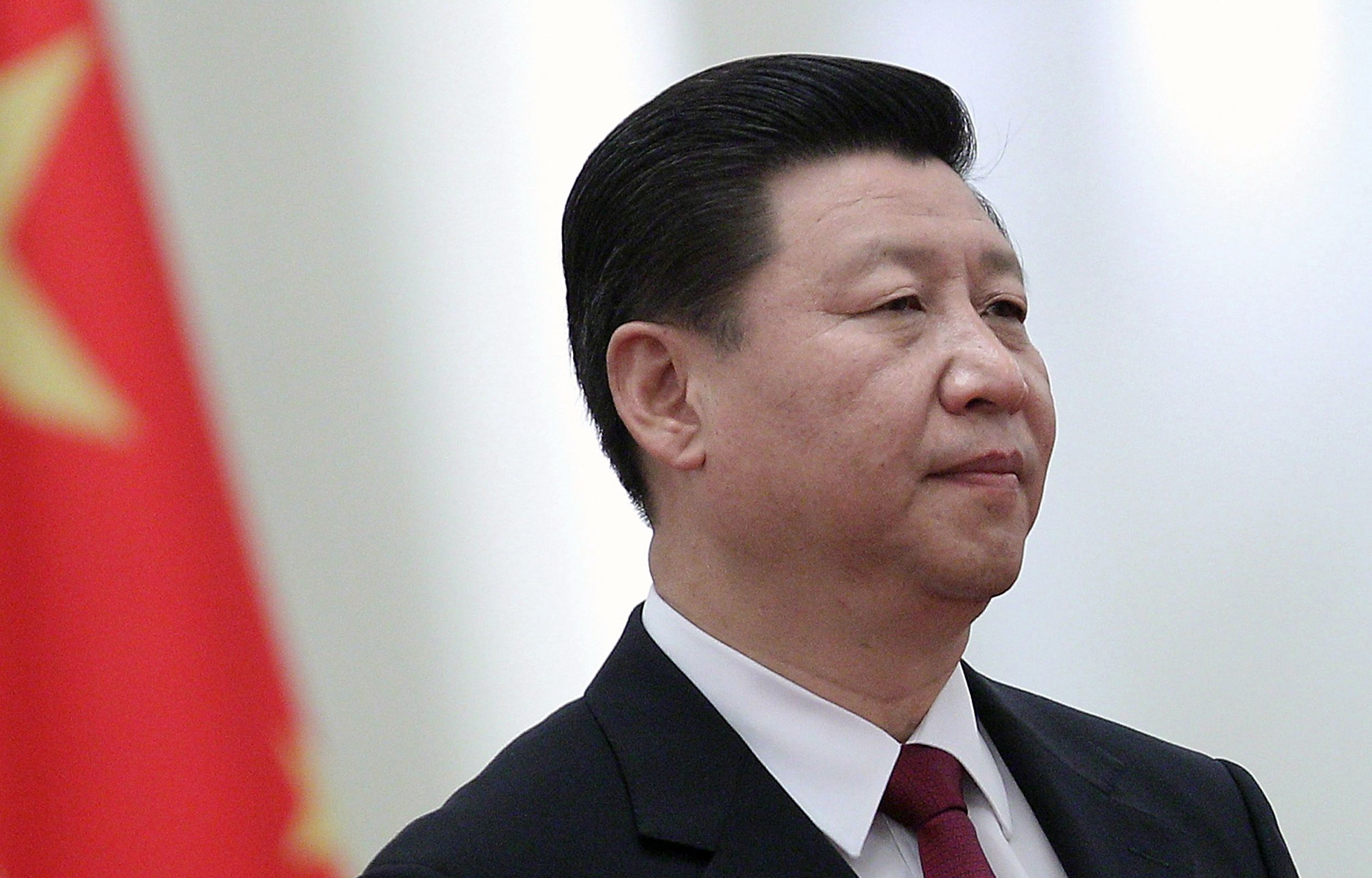Chinese President Xi Jinping has called on Vietnam to join China in defending multilateral trade, as he embarks on a high-stakes diplomatic tour across Southeast Asia.
The visit comes at a critical moment, with Beijing seeking to position itself as a stable global trade partner in contrast to the United States, which has recently stirred uncertainty with its shifting tariff policies.
Xi arrived in Vietnam on Monday and is scheduled to visit Malaysia and Cambodia from Tuesday through Friday. These countries, which have deepened their trade and investment ties with China in recent years, are key stops in Xi’s efforts to reinforce China’s role as a dependable economic partner.
The diplomatic push follows U.S. President Donald Trump’s recent decision to pause “reciprocal” tariffs on most countries for 90 days. This move narrows the focus of his administration’s ongoing trade war primarily to China.
As Washington and Beijing continue to impose record-high tariffs on each other, Southeast Asian economies—many heavily impacted by Trump’s earlier tariff measures—are increasingly concerned about the risks of being caught in the crossfire between the two powers. Vietnam and Cambodia were among the hardest hit, facing tariffs as high as 46% and 49% respectively before the temporary suspension.
Looking to leverage the trade tensions for diplomatic and economic advantage, Xi is expected to portray China as a steady, cooperative ally and a defender of global trade norms. However, while many countries are welcoming Xi, they are also navigating a delicate balancing act—strengthening ties with China without appearing to alienate the United States.
Concerns persist in the region over a potential influx of low-cost Chinese goods now restricted from entering the U.S. market due to steep tariffs. China currently maintains a trade surplus with Vietnam, exporting goods worth 1.6 times what it imports from its southern neighbor.
China’s trade relationship with Southeast Asia has grown significantly. Since 2023, the Association of Southeast Asian Nations (ASEAN) has overtaken both the United States and the European Union as China’s largest export market, according to Chinese customs data.
In a signed article published Monday by Vietnam’s state-run Nhan Dan newspaper, Xi underscored China’s opposition to trade protectionism. “Our two countries should resolutely safeguard the multilateral trading system, stable global industrial and supply chains, and open and cooperative international environment,” Xi wrote, according to China’s official Xinhua news agency.
Vietnam has emerged as a key destination for Chinese manufacturers relocating supply chains, drawn by lower labor costs and the need to mitigate the effects of U.S. tariffs. Between 2017 and 2024, trade between China and Vietnam nearly doubled, making Vietnam China’s top trading partner in Southeast Asia.
During his stay in Hanoi, Xi is expected to deepen those economic ties. The two countries are set to sign around 40 agreements covering sectors such as railway development, agricultural trade, and the digital and green economies, according to Vietnamese Deputy Prime Minister Bui Thanh Son, as reported by Reuters.
Among the major infrastructure projects is an $8.3 billion railway linking the Vietnamese port city of Haiphong to China, to be partly financed through Chinese loans. Vietnam is also exploring the purchase of mainline passenger aircraft developed by Chinese state-owned manufacturer COMAC.
Wen-ti Sung, a non-resident fellow at the Atlantic Council, described Xi’s visit as a strategic dual-purpose move. “Economically, it’s about finding a way to diversify China’s economic footprint around the world; on the foreign policy front, it’s also aimed at pulling countries closer to China while they are unsettled by Trump’s on-and-off-again tariffs,” he said.
“What Xi is trying to do now is to go there in person. Instead of fear and pressure, Xi is going to show them love, maybe some ‘souvenirs’ along the way,” Sung added, referring to potential trade agreements and strategic partnership upgrades. “All these are ways for China to show that I’m on your side. It’s safe to hang out with China, especially if you’re concerned about the U.S.”
Despite growing economic cooperation, relations between China and its regional neighbors have faced challenges, particularly over maritime disputes in the South China Sea. In February, Chinese naval forces conducted live-fire drills near Vietnamese waters in the Gulf of Tonkin, which China refers to as the Beibu Gulf. The drills followed Hanoi’s publication of a map asserting its maritime claims.
In his Nhan Dan article, Xi addressed the issue of maritime disputes, emphasizing the importance of diplomatic resolution. “The successful delimitation of our boundaries on land and in the Beibu Gulf demonstrates that with vision, we are fully capable of properly settling maritime issues through consultation and negotiation,” he wrote.
He further urged for peaceful cooperation, stating, “Our two countries should properly manage differences and safeguard peace and stability in our region.”






